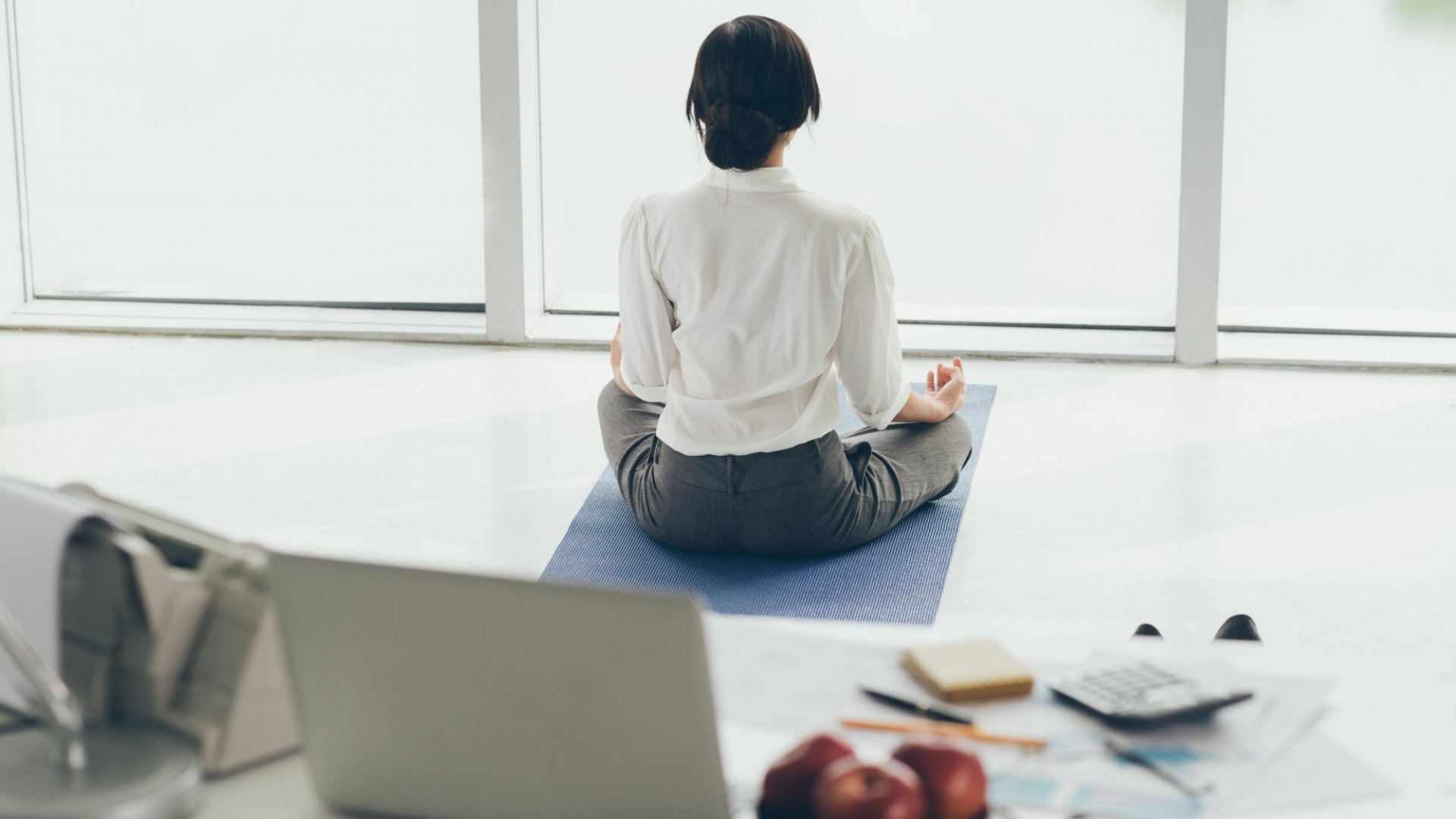Maintaining personal wellness is a priority for many, but how often do we consider the environment in our workplace?
Factors such as air quality, lighting, sound, and aesthetics significantly impact our ability to concentrate and, consequently, our overall productivity and health. A 2016 Harvard University study found over 82,000 chemicals indoors, including harmful carcinogens like formaldehyde, benzene, and chemical flame retardants commonly found in building materials. Chronic exposure to these chemicals is linked to severe health issues like asthma, cardiovascular diseases, certain cancers, and immune dysfunction.
Poor indoor environments significantly impact both employees and employers. For employers, sick time among employees can disrupt workflow and increase stress due to reduced resources. Employees face the challenges of lost income and financial instability. Harvard’s study suggests that improving indoor environments could yield substantial savings, potentially recouping $25 billion to $150 billion annually through reduced healthcare costs and enhanced productivity.
Here are eight tips to create a healthier and more productive office environment:
- Improve Indoor Air Quality: The Environmental Protection Agency (EPA) reports that indoor air pollution is typically two to five times higher than outdoor levels. To combat this, choose air-quality-friendly furniture, avoid materials like MDF and particle board that release formaldehyde, and opt for solid wood or metal with water-based finishes. Consider installing portable air filtration systems with UV and ion purification to reduce allergens and ensure clean air.
- Enhance Comfort: Invest in ergonomic chairs that support proper posture and adjust screen heights to maintain a straight neck. Use ergonomic keyboards and mouse pads to prevent wrist fatigue. Telescoping desks offer the flexibility to alternate between sitting and standing, promoting movement and reducing discomfort.
- Optimize Thermal Comfort: Maintaining optimal thermal comfort can reduce sick days, improve moods, and even decrease disease transmission. The ideal office temperature is around 72 degrees Fahrenheit, with good ventilation and low indoor humidity.
- Maximise Lighting: Natural light regulates circadian rhythms and reduces eye strain. Position workstations near windows or incorporate task lighting with soft incandescent or LED bulbs in the 2700-3000 Kelvin range. Encourage outdoor breaks to boost exposure to natural light.
- Minimise Noise: Noise pollution can increase stress and reduce focus. Use area rugs, wall tapestries, and natural-fibre artworks to dampen sound. Consider noise-cancelling headphones and minimize disruptive sounds like ringing phones.
- Incorporate Healthy Decor: Use neutral colours and biophilic designs, incorporating natural elements like timber and stone to create a calming and aesthetically pleasing environment. Declutter using chic storage solutions, and choose zero-VOC paints to reduce indoor pollutants.
- Encourage Movement: Promote physical activity by setting up collaborative spaces with comfortable seating and encouraging movement throughout the day, such as placing trash cans away from desks or using stairs instead of elevators.
- Incentivise Health Beyond the Office: Employers can support employee wellness by subsidizing home health improvements like water filtration systems, air purifiers, organic food delivery, and gym memberships.
By integrating these healthy habits into the workplace, employers demonstrate a commitment to employee well-being, which can, in turn, enhance productivity, job satisfaction, and retention. Promoting health in and out of the office is a win for everyone.


